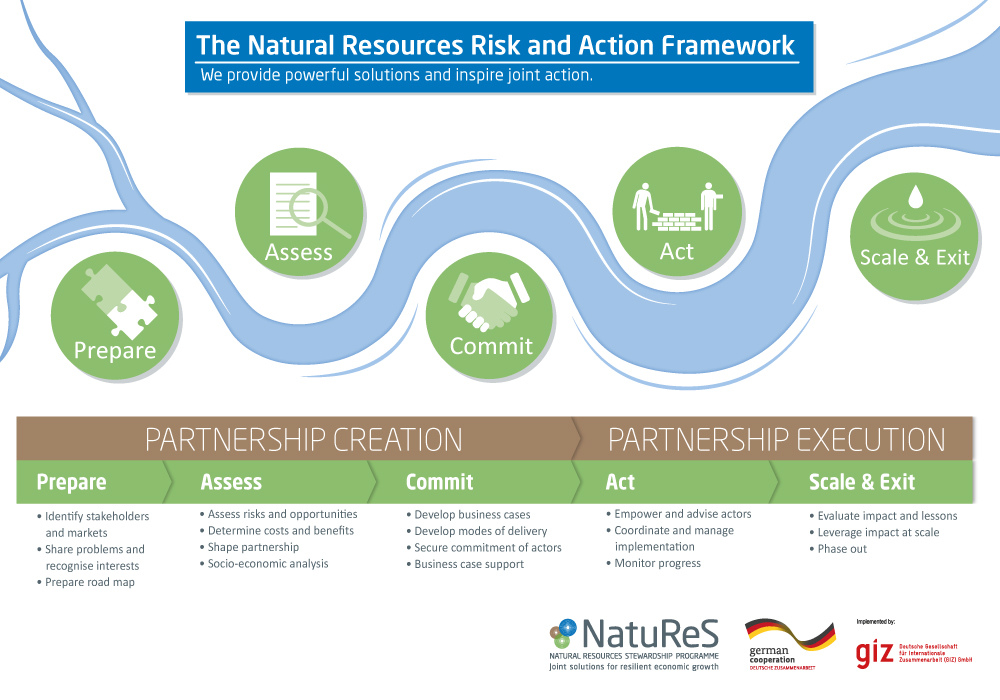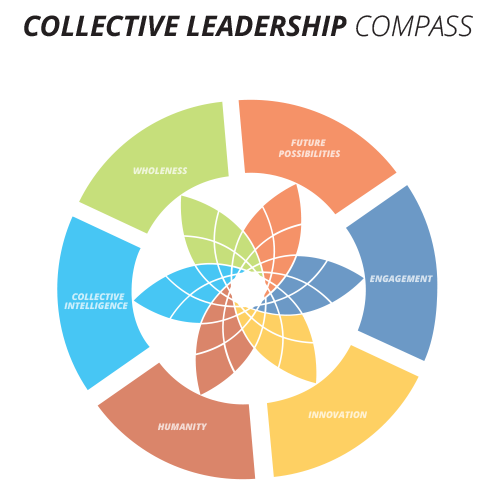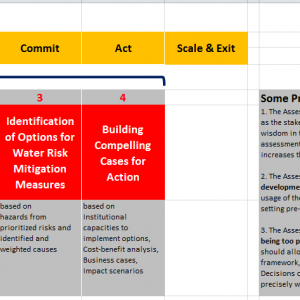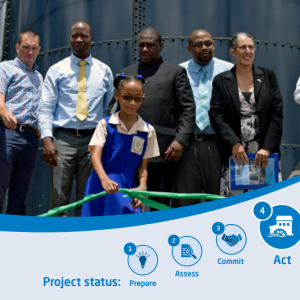Cross-sector natural resources stewardship approaches are emerging around the world seeking to address shared natural resource risks through collective action. Natural resources stewardship is based on the premise that all actors play a role in the sustainable use and management of natural resources, as business, government, or civil society cannot effectively address complex and shared risks alone. To help address these challenges, GIZ’s Natural Resources Stewardship Program (NatuReS) has developed the Natural Resources Risk and Action Framework (NRAF).
The NRAF was first developed by NatuReS’ predecessor program, the International Water Stewardship Program (IWaSP), in 2013 and has since been updated with international best practices and lessons learnt from projects implemented at the community level. It guides practitioners in forming and executing natural resources stewardship partnerships. The proven five-phase process increases the quality of partnerships that deliver accelerated and sustainable results to achieve security for businesses, communities, and government.

The NRAF now has launched a free, self-paced and worldwide openly available e-learning course on natural resources stewardship and cross-sectoral partnerships that we are happy to share with you and your network!
Who is this course for?
The course is for stakeholders from the public, private sector or civil society, who want to learn how to reduce environmental risks jointly and sustainably across sectors by forming stewardship partnerships.
What will participants learn?
By the end of this course, participants will understand and gain the necessary knowledge to facilitate the different steps of a multi-stakeholder stewardship partnership. This will enable them to address environmental risks collectively by using a tested guiding natural resources management framework.
The e-learning is hosted on the free digital learning platform Atingi. To take the e-learning, you just have to register – and start! Participants completing the 10-hour course will also receive an accredited certificate!
Within the five-phase process, the NRAF provides a set of tools for flexible application, as partnerships and their development differ case by case. These tools address various themes, such as building relationships, assessing natural resource risks and options for risk mitigation, and making the business case for stewardship. Each of the NRAF’S five Phases has three elements and each of those have several key points to guide practitioners’ activities in the design and implementation of stewardship projects. This guidance is neither linear nor absolute, as elements of some Phases may occur simultaneously, while other Phases may have to be revisited. Being aware of and selectively following this process will increase the probability of favorable outcomes in natural resource security and in achieving the Sustainable Development Goals. The NRAF has already been applied successfully in more than 10 partnerships.
The Collective Leadership Compass is a tool for supporting individuals, teams, and organizations to build vibrant and robust “collaboration ecosystems” in change processes. It has the potential to enliven the NRAF process and help identify collaboration challenges. The Compass helps individuals rediscover and invigorate their human competencies for collective leadership, reveals patterns of skills and helps teams enliven their collaboration ecosystems by recognizing when specific capabilities are called for, require building, or are out of balance.

The Compass recognizes that every context is unique and different Aspects may come into focus at different moments in every process. The Compass is designed to assist process competence throughout your initiative.
The Compass’ six dimensions of human competencies are:
- Future Possibilities
- Engagement
- Innovation
- Humanity
- Collective Intelligence
- Wholeness
Each dimension is further deepened through three Aspects.
Throughout the NRAF Web tool, you will find references to the Compass that highlight the human competencies that are particularly relevant in each NRAF Phase. Learn more here.





